Modern Baroque Art History and Influence on Modern Design
In the previous post, I started writing about some of the most important styles of art history, and I began with the Gothic Style from the Medieval Period. Today I am moving on to another important style: Baroque. The modern Baroque art style is part of the Western Art movement, and you can read more about this movement by clicking here.
Baroque is an artistic style that was present mainly in Europe from the late 16th century until the early 18th century. The Baroque is considered to be the dominant art style in Europe between the Mannerist and Rococo eras and it is characterized by overt emotion, dynamic movement, and self-confident rhetoric.
Check out: The Creativity Booster Bundle: Graphic Designer Resources and Creative
Modern Baroque Art Style: When and where did it appear?
The baroque style appeared in Rome, Italy around the year 1600, as a demand of the church for new art. Artists were commissioned by the Roman Catholic Church in 1545 – 1563 to create paintings and sculptures that even the illiterate could comprehend. This decision of the church actually offered inspiration for Baroque artists, which appeared, however, a generation later.
Fontana di Trevi, Rome, Italy
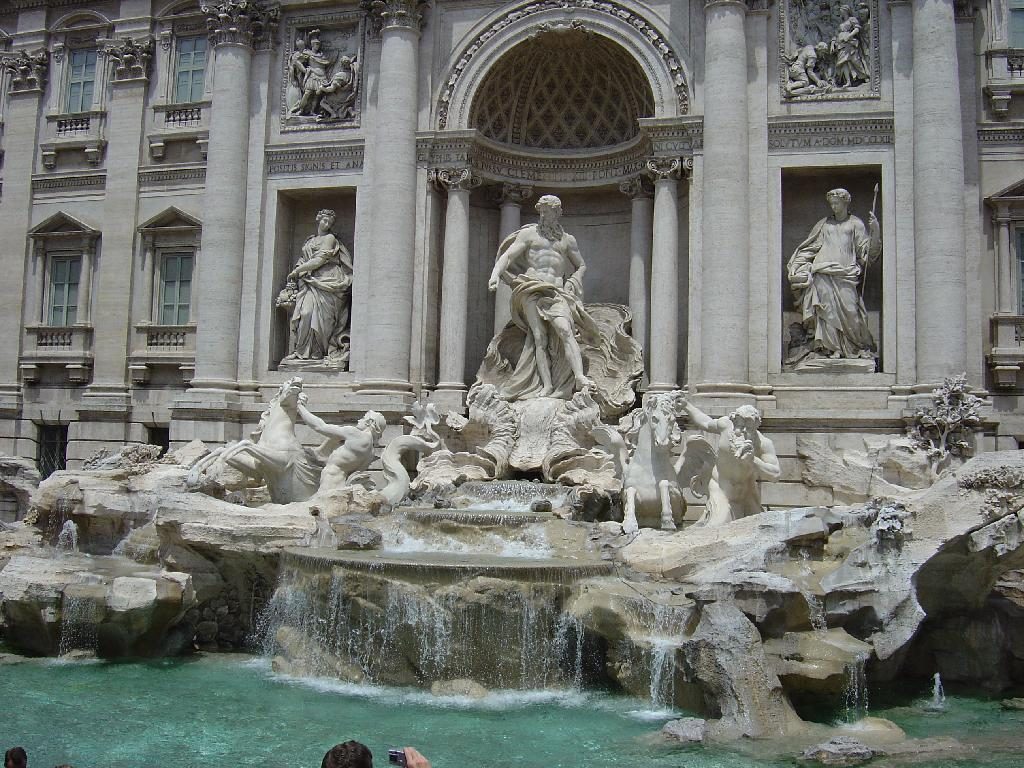
Image Source
This art style continued to spread from Italy towards Western Europe, especially in the first half of the XVII-Th century. By the beginning of the XVIII-th century, the Baroque style had spread towards Central, Northern, and Eastern Europe.
Latin America was also strongly influenced by the Baroque Style. Many catholic churches, and also public buildings, official and private residences, built in the XVIII-th and XIX-th century are clearly of Baroque origin.
Cusco Fountain in Peru
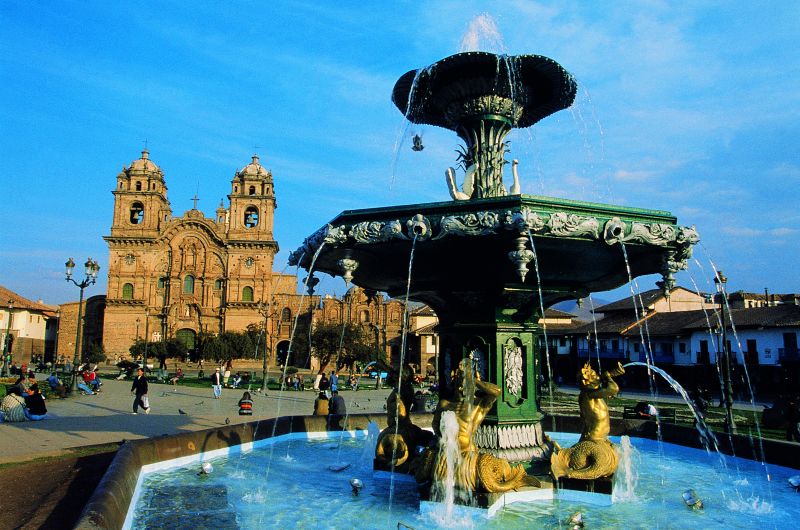
Image Source
Important characteristics of the Baroque Modern Art Style
Baroque Style evolved from the classic forms of the Renaissance, but it differs in the newly added details and trends: colossal buildings, proportions with dramatic appearance, pompous facades with gables modified in various means, double towers, tall and unshapely domes, annex buildings with beautiful ornaments, windows with irregular forms.
Baroque Angels, St. Nicholas Church, Prague

Image Source
In the painting decoration the artists renounced on creating profane and pagan themes (nudes and mythological types); instead, the ornamentation got excessively rich, with twisted columns shaped as snails with fantasy figures. Straight lines become bent, oval shapes arch and take more winding forms, plain surfaces completely disappear and make room for an abundance of ornaments. The buildings become more and more of a pretext to use decorations or an aggregation of ornaments of the most various and bizarre natures. The interiors dazzle with the lavishness of gold, silver, silks, rich tapestry and luxurious furnishings.
Check out: 5-In-1 Artistic Photoshop Plugins Bundle
Prague window ornaments, the Czech Republic.
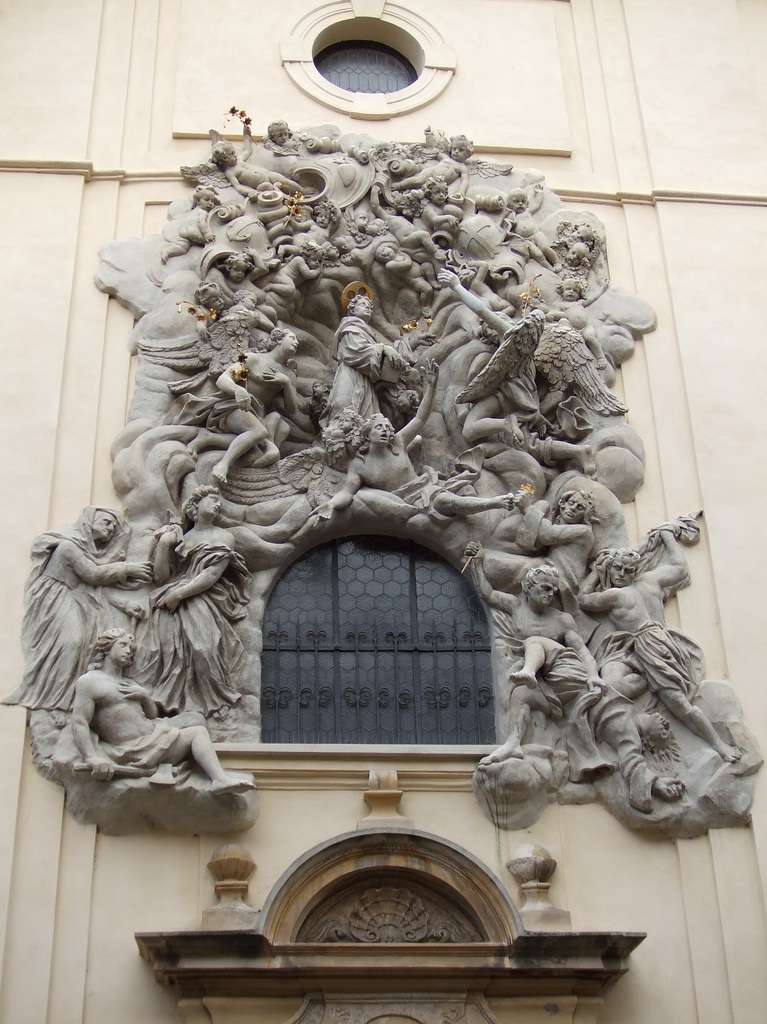
Image Source
Regardless of the domain we find it in, the Baroque Style is characterized by the exaggerate use of movement and clarity, respectively the use of flamboyant details which stand for easily interpretable types and lack of ambiguity. All of these elements are used by the artists of the style to produce moments of intensity, drama, exuberance and greatness.
Detail of the Ecstasy of Santa Tereza by Gian Lorenzo Bernini.
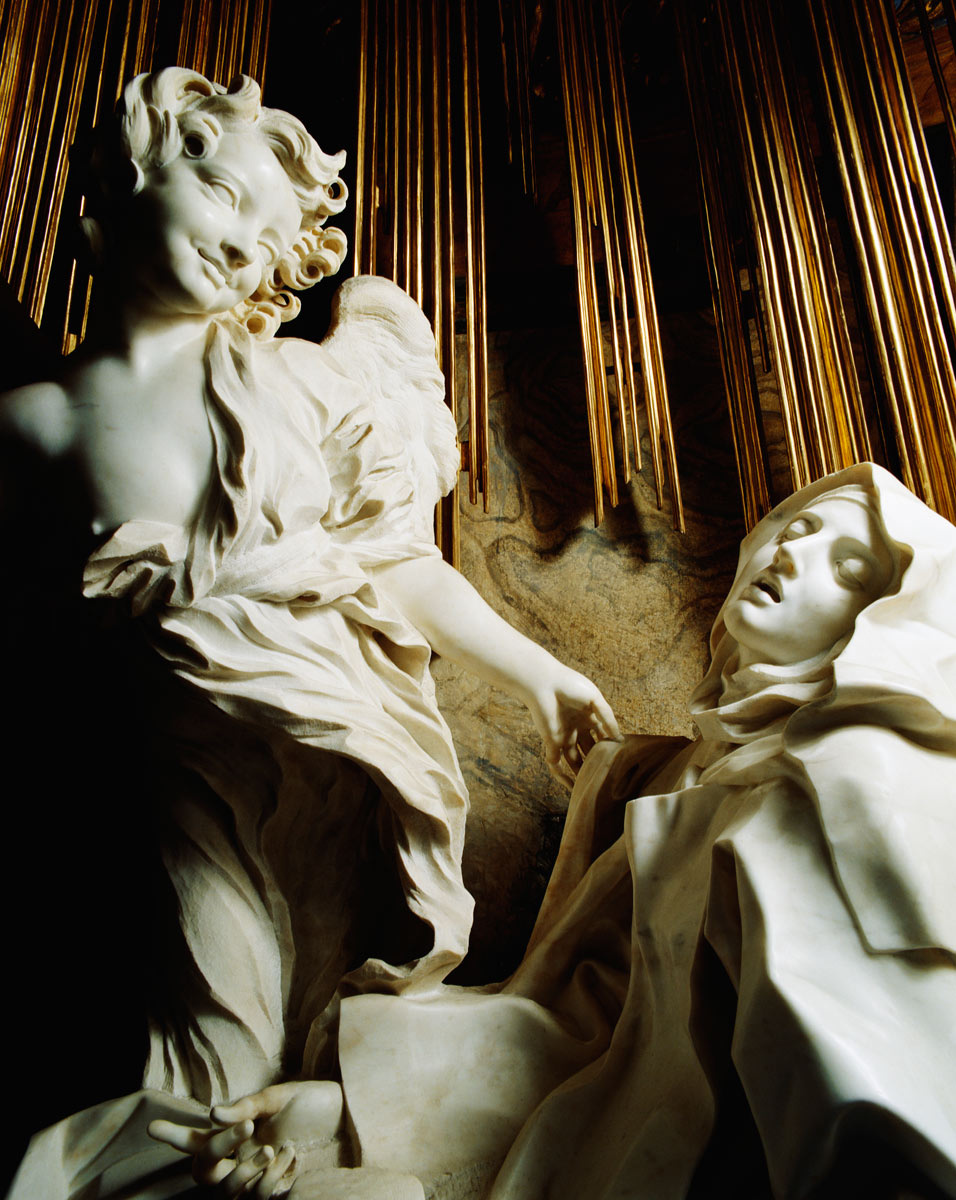
Image Source
What gave birth to the Baroque Modern Art Style?
The Baroque Style is clearly represented in domains like architecture, painting, sculpture, theater, music, literature, furnishing, dance, and philosophy.
1. Baroque Architecture
According to Francis D.K. Ching in “A Visual Dictionary of Architecture” (p. 133), Baroque Architecture is “a style of architecture originating in Italy in the early 17th century and variously prevalent in Europe and the New World for a century and a half. It is characterized by a free and sculptural use of the classical orders and ornaments, dynamic opposition and interpenetration of spaces, and the dramatic combined effects of architecture, sculpture, painting, and the decorative arts”.
Check out: 120 Creative Corporate Flyers Bundle
The Versailles Palace in France.
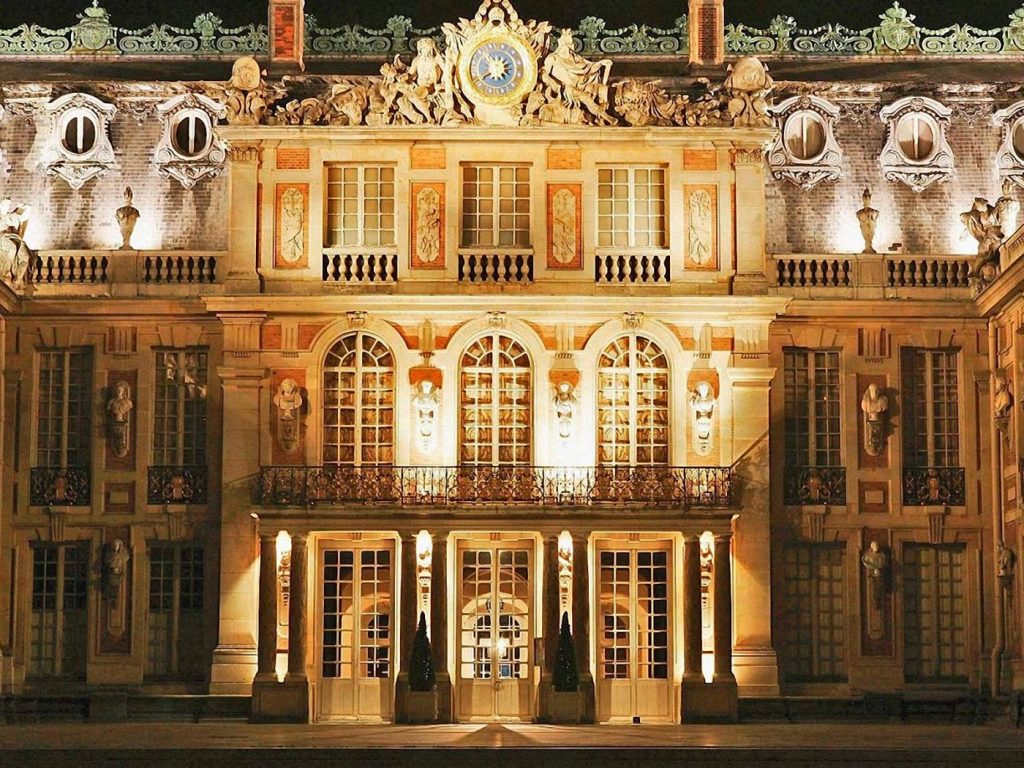
Image Source
In Baroque Architecture, a peculiar characteristic is using architectural elements that exude greatness, like massive columns, tall vaults, large arches, overwhelming domes, colors with high contrasts, volumes, and impressive empty spaces.
The interior of a construction built in a Baroque Style has, as one of its innovations, a huge entrance space linked by monumental stairs to the other levels of the building. As a fact, the model of the enormous interior staircase became a common sign of the wealth of the bourgeoisie, being copied at a smaller scale in different aristocratic residences everywhere.
Winter Palace, St. Petersburg – main staircase
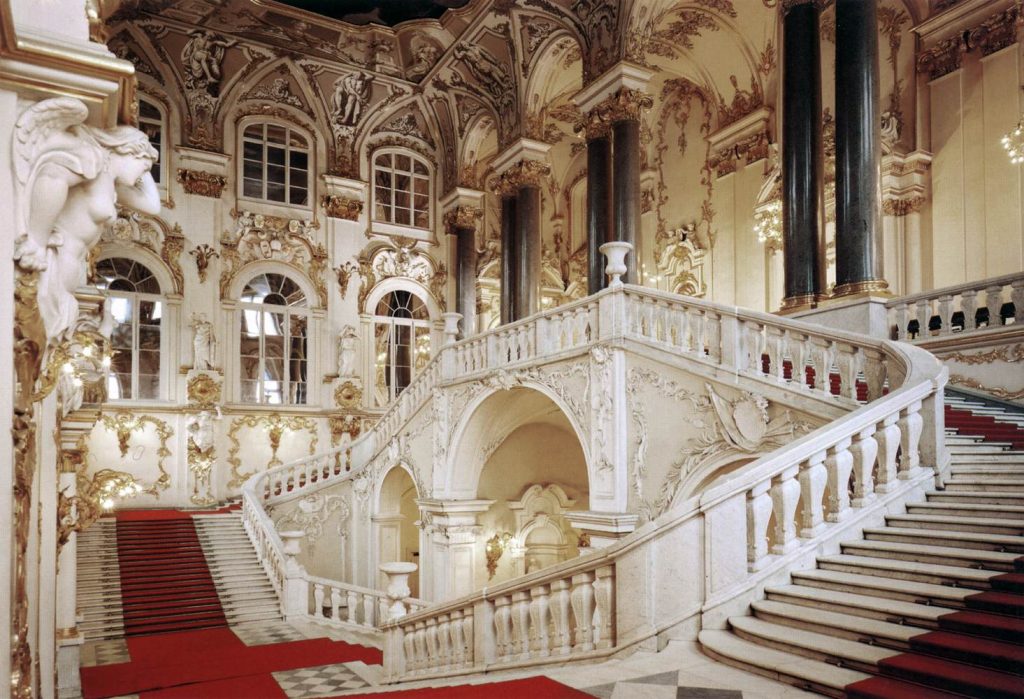
Image Source
The Baroque architecture was enthusiastically embraced in the center of Germany (see the Ludwigsburg Palace from Stuttgart and the Zwinger complex in Dresden), in Austria (Melk Abbey) and in Poland (Wilanow and Bialystok Palaces). In Sicily, Baroque developed new shapes and themes as in Noto, Ragusa, and Acireale “Basilica di San Sebastiano”.
Other examples of baroque architecture are the Cathedral of Morelia Michoacan in Mexico and the St. Paul Cathedral from London, built by Sir Christopher Wren, one of the promoters of English baroque.
2. Baroque Sculpture
In sculpture, there was a dynamic movement and energy of human forms. In the Baroque Sculpture, groups of figures assumed new importance – the artists created a spiral around an empty central vortex and reached to the surrounding space. The special characteristics of the Baroque Sculpture were represented by extra-sculptural elements like concealed lighting or water fountains.
Baroque angel statue.
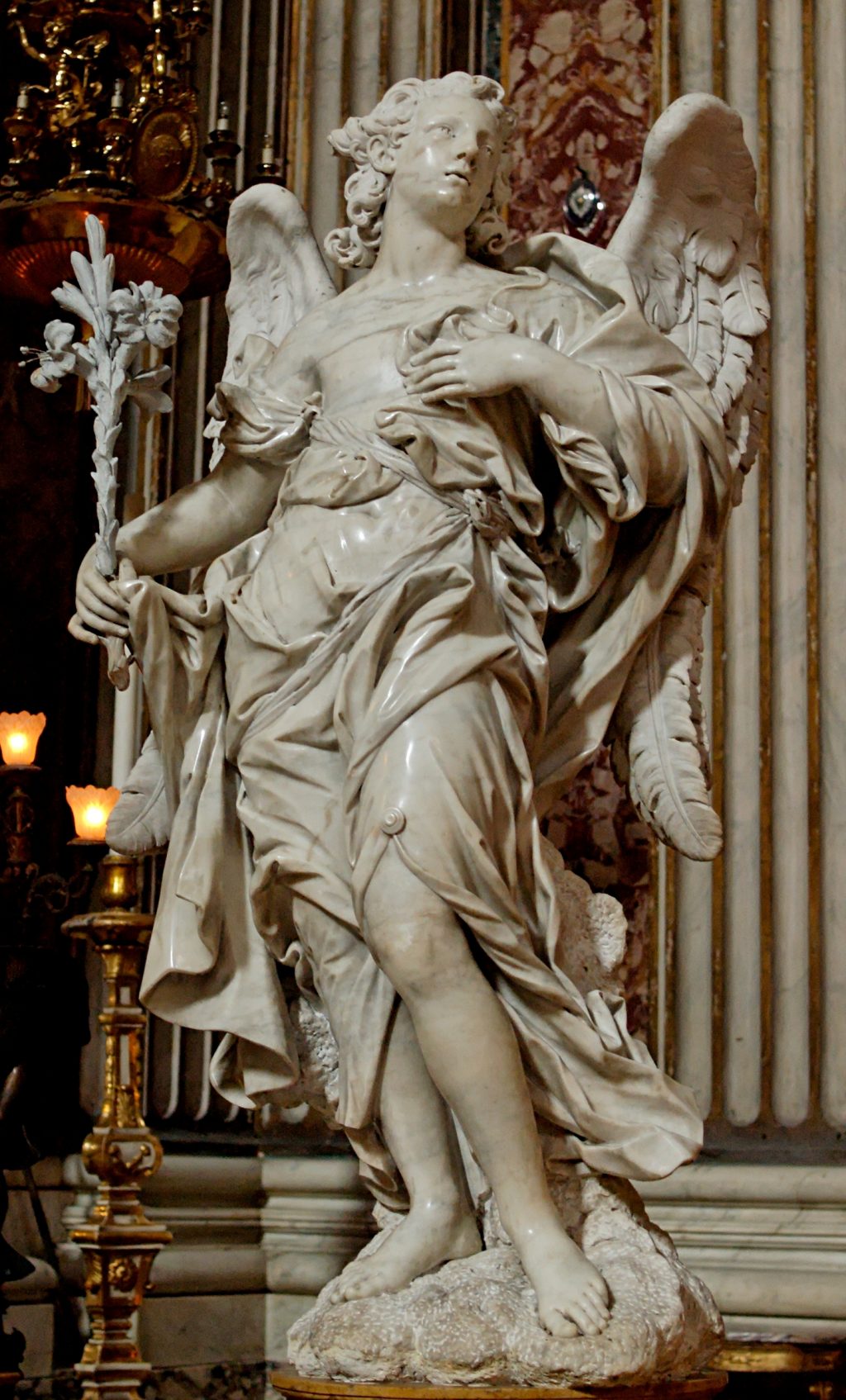
Image Source
One of the most important sculptors of the Baroque period is Gian Lorenzo Bernini, renowned for his architecture, sculpture, and fountains. As a complex artist, Bernini worked as an architect, sculptor, painter, he wrote plays and staged spectacles. A good example of Bernini’s work that can help better understand the Baroque is represented by St. Theresa in Ecstasy (1645-52), created for the Cornaro Chapel of the church of Santa Maria Della Vittoria, Rome. Bernini designed the entire chapel, a subsidiary space along the side of the church, for the Cornaro family.
Check out: All-In-One Graphic Design Resources
Fontana dei Quattro Fiumi – Piazza Navona Roma.
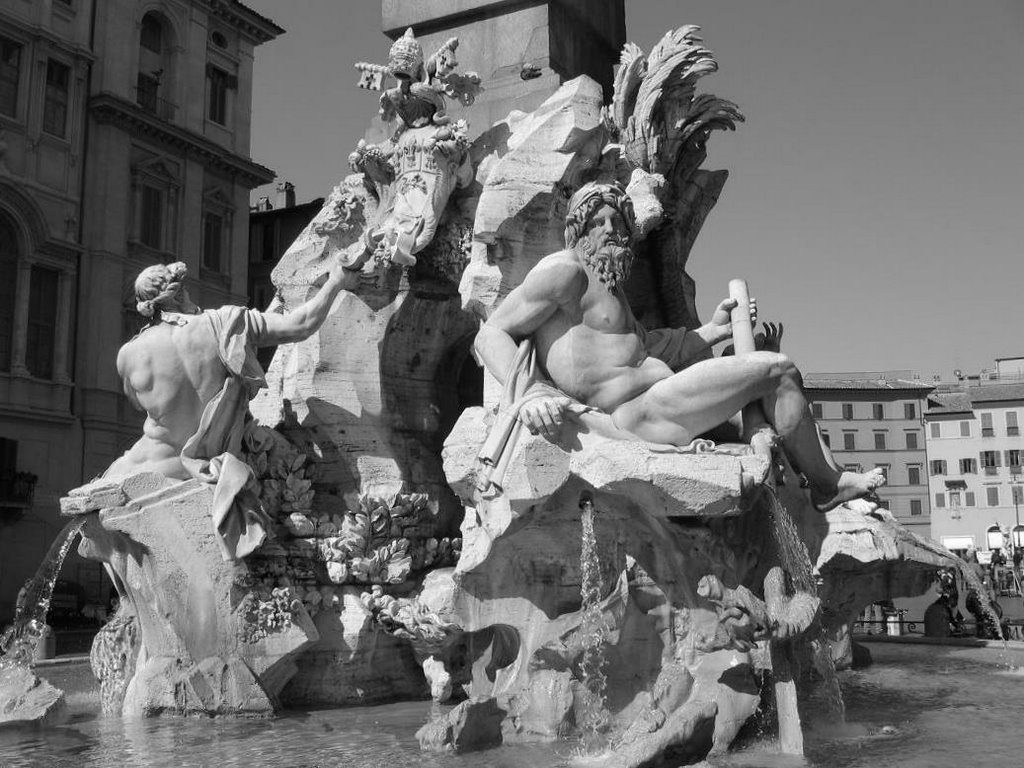
Image Source
Another great name of Baroque Sculpture is Aleijadinho from Brazil, with his great set of statues of the Santuario de Bom Jesus de Matosinhos in Congonhas. They represent soapstone sculptures of old testament prophets around the terrace and are considered his finest work.
3. Baroque Painting
The Baroque Painting is often associated with the Baroque cultural movement, which began in the 1600s and continued throughout the 17th century and into the early 18th century. The most important characteristics of Baroque art are great drama, deep and rich color, intense light, and dark shadows.
In opposition to the Renaissance art, where the artists showed the moment before an event took place, in the Baroque Painting, the Baroque artists chose the most dramatic point, the actual moment when the action occurred. For example, Bernini’s David was caught in the moment of hurling the stone at the giant. In comparison to the rationality and calm of the Renaissance, the Baroque art was meant to evoke passion and emotion. Moreover, Baroque paintings often tend to dramatize scenes by using “chiaroscuro” (light-obscure) light effects.
Some of the greatest painters of the Baroque period are Rembrandt, Vermeer, Rubens, and Caravaggio. Caravaggio opened a new chapter in the history of painting with his realistic approach to the human figure, taken directly from real life and dramatically placed against a dark background.
Saint Matthew and the Angel – Caravaggio.
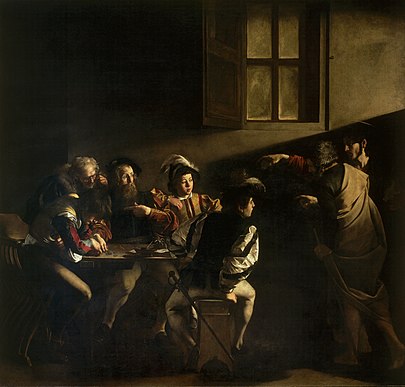
Image Source
4. Baroque Theater
In the Baroque era, theater evolved and became a multimedia experience, beginning with the actual architectural space. Some of the technology used on Broadway or in commercial plays was actually invented and developed during the Baroque era. They had evolved so much that they could change the stage from a romantic garden to the interior of a palace in a matter of seconds! Moreover, Gods were capable of coming down, literally, from the heavens and rescue the hero in the most dangerous situations.
Baroque Theater at the Krumlov castle.
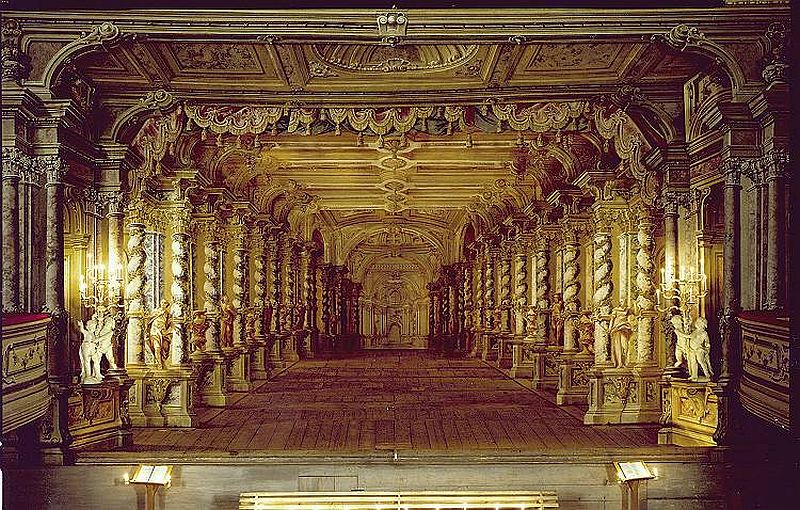
Image Source
To get an idea of the style of productions from the Baroque period, you can see films like Vatel, Farinelli and the staging of Monteverdi’s Orpheus at the Gran Teatre del Liceu in Barcelona. Some artists like the American musician William Christie and the artists from Les Arts Florissants have performed extensive research on all the French Baroque Opera, and they performed pieces from Charpentier and Lully.
5. Baroque Music
The application of the term “Baroque” to music is a relatively recent development. It was first used in 1919 by Curt Sachs, and as late as 1960 it was still considered a dispute in academic circles. The debated question was if Baroque music shares any aesthetic principles with the visual and literary arts of the Baroque period.
From the many musical forms that flourished in that era, we can mention the concerto, the symphony, the sonata, cantata and the oratorio. All of these forms of music had a defining technique that was used especially in the Baroque music: the use of ground bass, a repeated bass line. A goof example of this technique is Dido’s Lament by Henry Purcell.
When compared with its predecessors, Baroque music can be seen as being highly ornate, lavishly textured, and intense. The music of this period was characterized by rich counterpoint and a highly decorated melodic line.
6. Baroque furnishing
Baroque furnishings appeared around the year of 1670 in the rich abodes in Venice, Rome, Florence at the time when the new great families of the papacy and the commerce started to display their assets and their taste for arts. The most impressive characteristic of the imposing Baroque furniture is that it was the work of sculptors, and not of carpenters. The Italian furniture was made with beautiful and materials and, besides that as i’ve just stated, it was a vigorous sculpture.
Check out: 100 Majestic Vector Logo Templates
Baroque table, circa 1600.
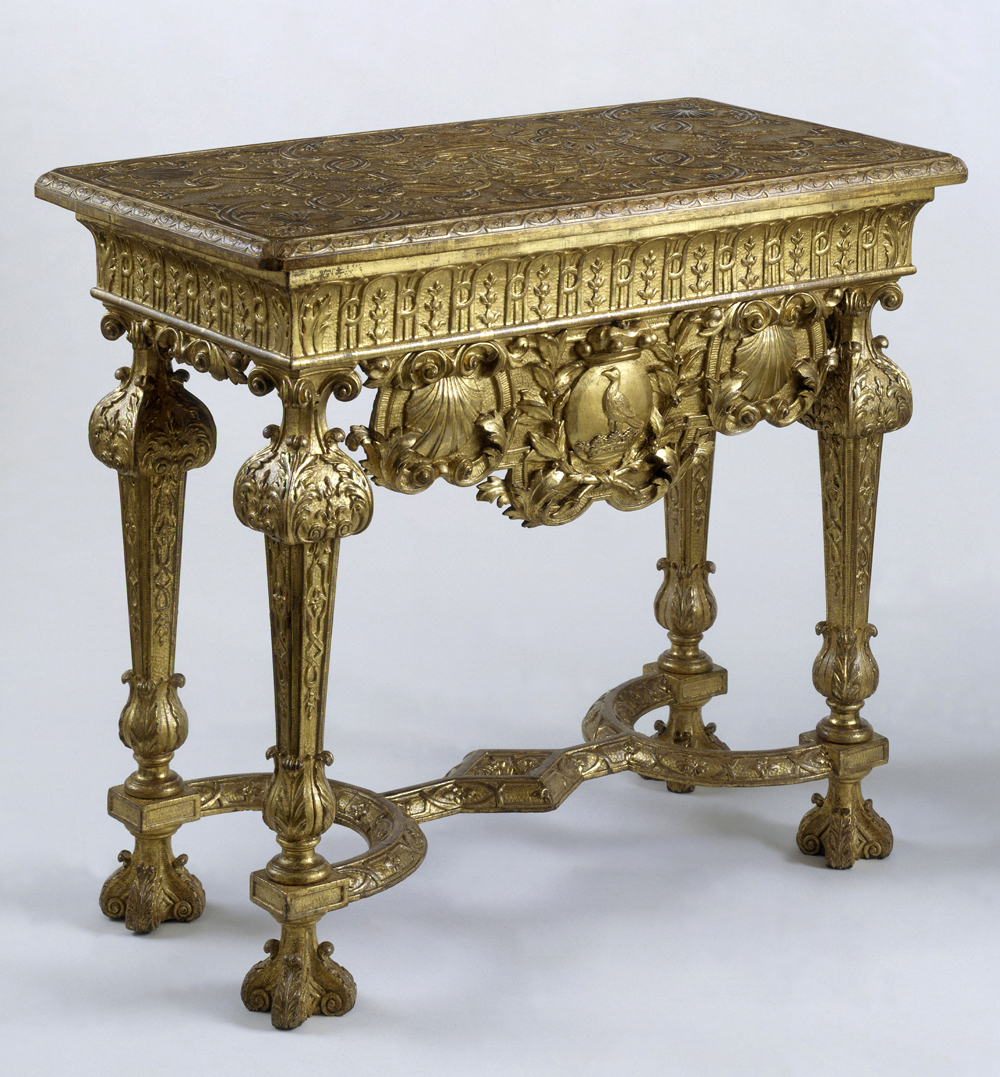
Image Source
In comparison to the preceding century, in the 18th century, furniture suffered a deep transformation. It became modern because it had to assume the characteristics demanded by utility. Furniture thus assumed a domestic role and it was not just a show of the aristocratic power. This change took place also because of the increasing application of elegant furniture from the rising bourgeois class.
Baroque Influence On Modern Designs
Baroque art and architecture – extravagant in concept, exuberant in spirit, and elaborate in detail – flourished in 17th century Europe and has continued to stir us through the ages with its vitality and dynamism. Its mood has been compared to barely suppressed passion. In the architecture of St. Peters in Rome, St. Paul’s in London and Santa Maria Della Salute in Venice, in the works of Michelangelo, Bernini, and Rubens, the Baroque spirit still lives today to inspire us.
Modern Baroque Art in Home Design
The Baroque style is still used today as inspiration when it comes to decorating a home in a rich manner. This style is well known for being dramatic and over the top, characteristics which can transform a simple home into a flamboyant abode.
Many people choose to decorate their living space in a baroque style, and there are a variety of ideas that you can incorporate; like using baroque patterns to enrich cushion covers, linen, upholstery, curtaining and much more!
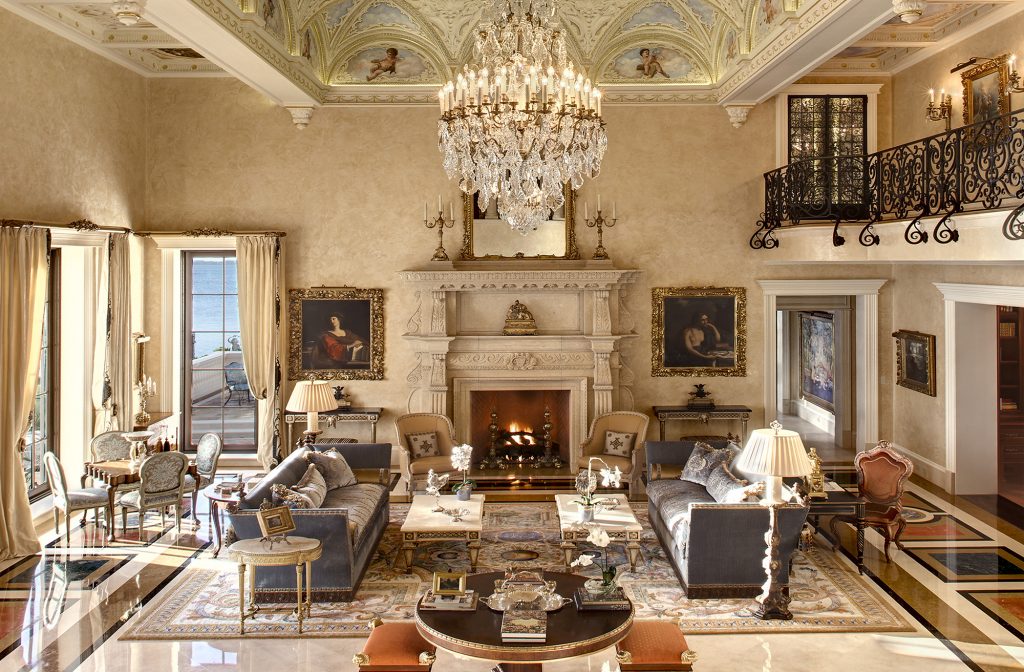
Image Source
Baroque In Modern Graphic Design
The interior design business wasn’t the only one inspired by the Baroque movement.
Now graphic artists can add Baroque flair to almost any design project with elements like lush florals, rosettes as a repeating motif in a frieze and many more ornaments with a clear Baroque influence. Baroque designs can be used by artists to enhance various items because the specific ornaments have the ability to make artwork look richer.
It’s not an unknown fact that often in modern graphic design the inspiration comes from art styles from the past. If you have the right skills, you can combine the past and present designs and create amazing modern artwork. The modern Baroque Art style is represented by beautiful and rich decorations that can combine perfectly with highly ornamental styles of design.
Here are some beautiful examples of baroque inspired modern designs.
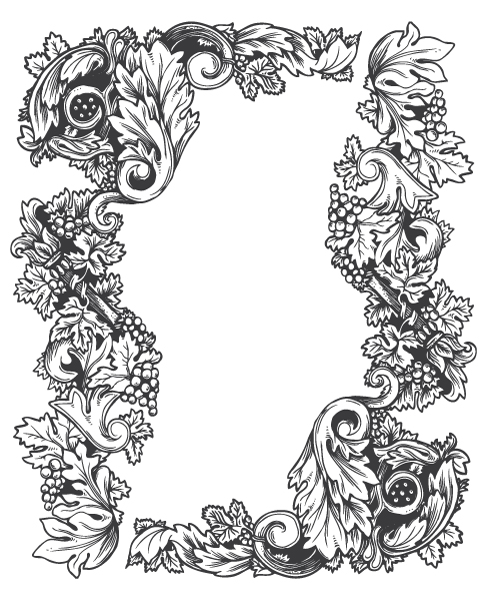
Image Source
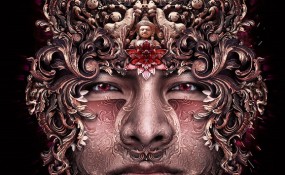
Image Source
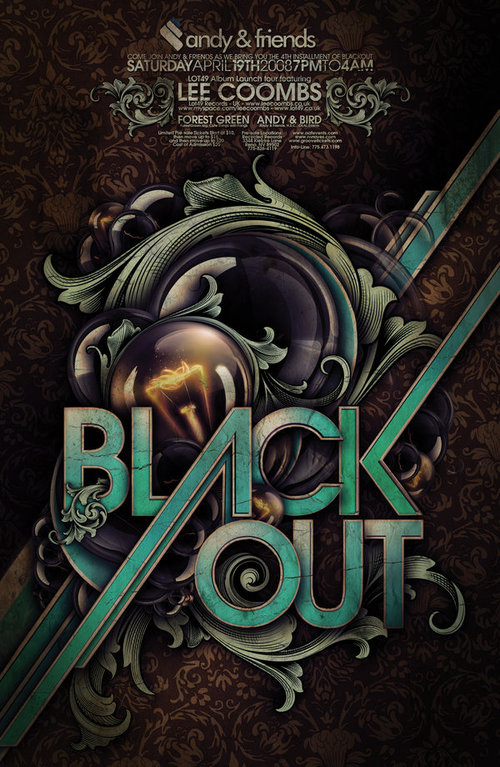
Image Source
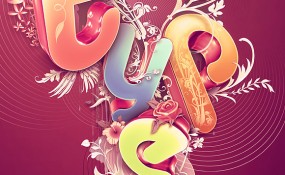
Image Source
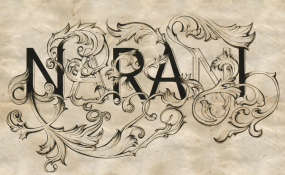
Image Source
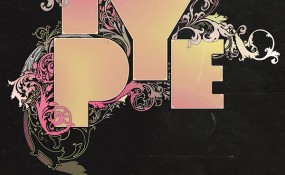
Image Source
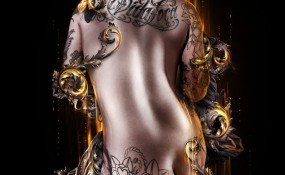

Image Source
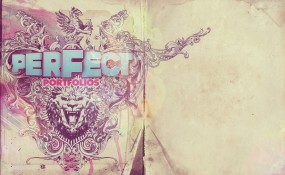
Image Source
What is your opinion on modern Baroque art style art? Tell us in the comment section below.
Editor’s Note: This article on modern Baroque art was originally published in July 2010 and has since been revamped and checked to ensure complete accuracy.
Like this post? Check out more inspirational articles on Graphic Design.

i don’t kmow what is baroque, but i really love the european design like at cape, or curch
I saw some art nouveau style mixed with barrroque in the black out poster…
Build an amazing free art portfolio and join our artists community. Create a free artists website to sell art online.
brilliant article from front to back, love the depth of knowledge.
Brilliant Post Nice work done
impressive work pal.. really cool work… i like it … :-)
interesting stuff friend… keep up :-)
I like it…
and the bibliography? where is this information? please
love this post.
Greetings! This is my first comment here so I just wanted to give a quick shout out and say I really
enjoy reading through your blog posts. Can you recommend any other blogs/websites/forums that go over the same topics?
Thank you!
Thank you so much… it helped me a lot understanding of how can I merge Baroque art with modern art :)) stay blessed
Amazing collection of art history for this modern time. Thanks for share.
nice
Nice blog, very interesting to read
I have bookmarked this article page as i received good information from this.
really great collection. thanks for spend your time here to make a knowledgeable post. i am interested to pin it to my social media account.
I learned so much from this post! Thank you!
Hi!
This is a great article! I just started my own blog and I am totally taking a lot of your advice to heart! Thank you so much!!
Thanks you for sharing
Thank you for sharing :)
Absolutely great article, i really enjoyed reading this. Well written and very easy to read.
Absolutely great article, i really enjoyed reading this. Well written and very easy to read.
Wow, just wow, been looking for something like this but couldn’t find it anywhere else so clear and well written. Thank you so much for sharing.
This is absolutely great!